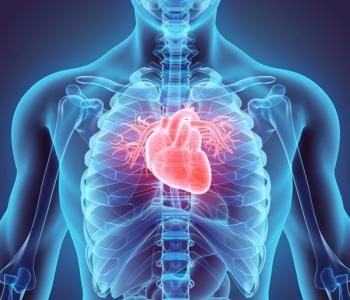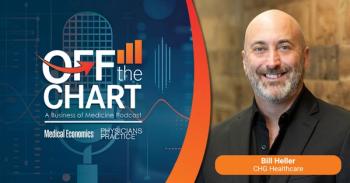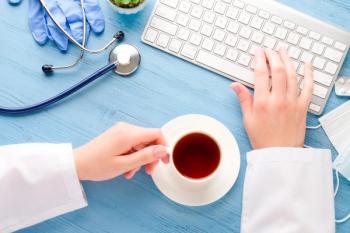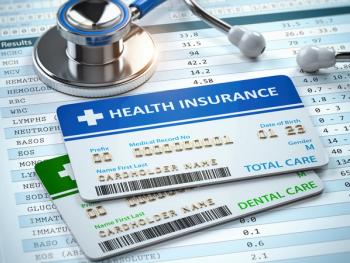
Minimizing COVID-19 exposures at medical practices: CDC recommendations
The Centers for Disease Control and Prevention has developed recommendations for medical practices concerning the COVID-19 outbreak.
As part of its efforts to slow the spread of the novel coronavirus, COVID-19, the U.S. Centers for Disease Control and Prevention has developed recommendations for medical practices, aimed at reducing the chance of patients spreading the disease when they come to a medical office. They include steps practices should take before, during and after a patient visit.Below is a summary of the CDC’s recommendations. To see the full list, visit the CDC official website.  Â
Newsletter
Stay informed and empowered with Medical Economics enewsletter, delivering expert insights, financial strategies, practice management tips and technology trends — tailored for today’s physicians.








